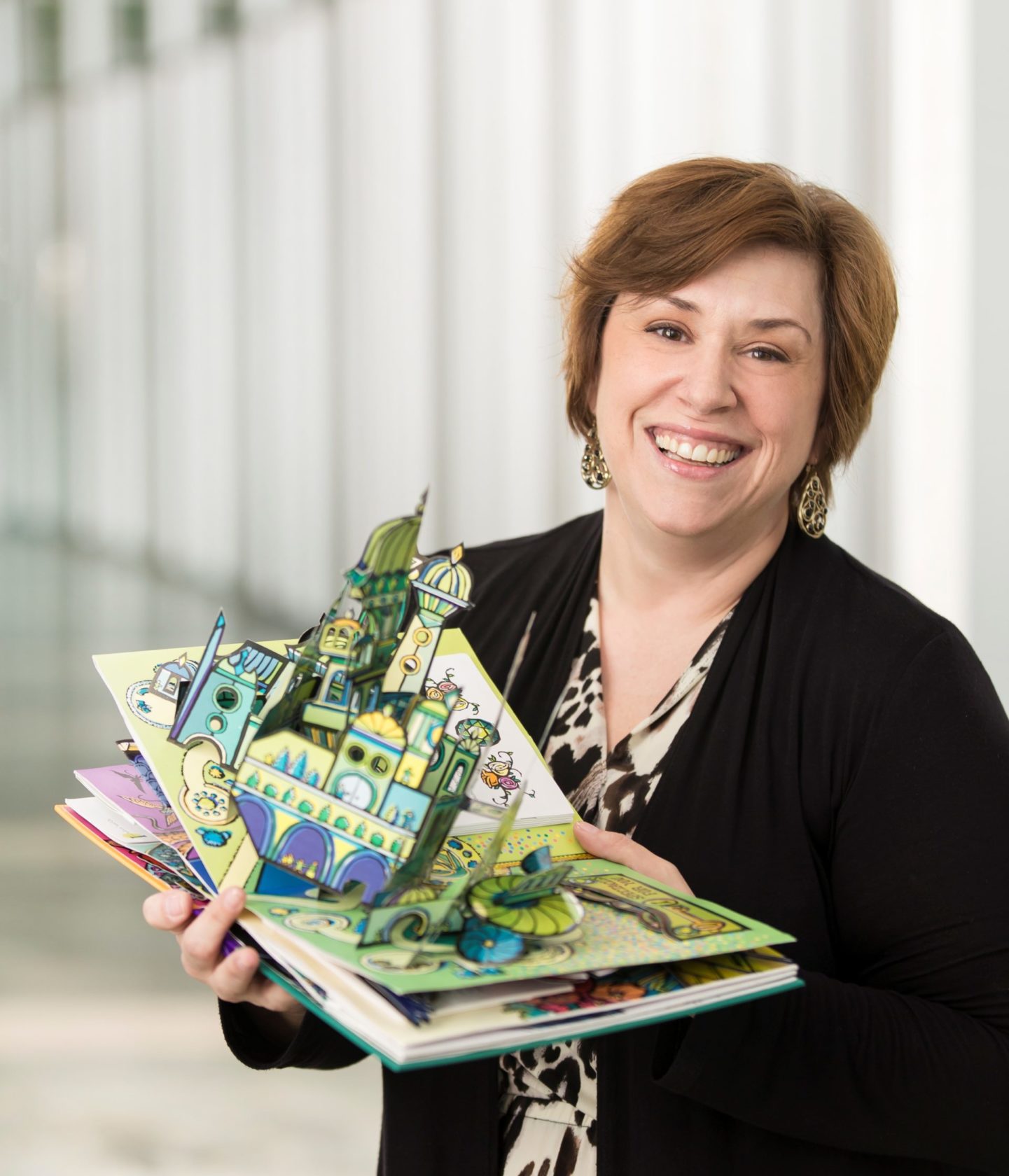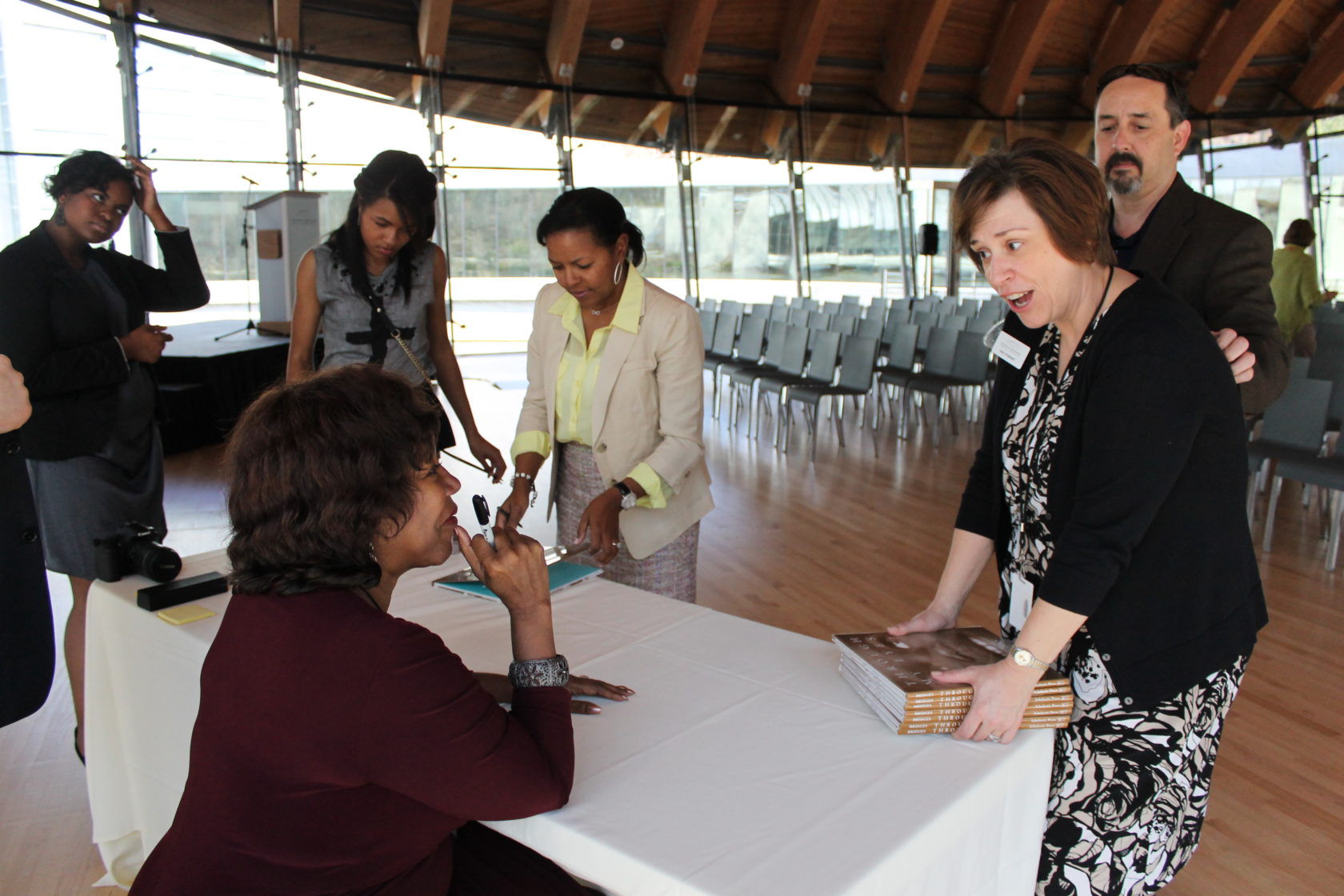Niki Stewart of The Academy of Natural Sciences

In this series, we tap into our network of thinkers, designers, creatives, and leaders to gain a bit of insight into their expertise. For this installation of Learning With Experts, Dan Muro interviews our client Niki Stewart, Chief Learning and Engagement Officer at the Academy of Natural Sciences of Drexel University (ANS) in Philadelphia, who has been integral in rethinking what cultural institutions can be: from the Walt Disney Company to Crystal Bridges Museum of American Art in Bentonville, Arkansas.
ANS is currently in the process of reimagining how it will continue to fulfill its role as a center for education and cutting-edge research, a public intellectual platform, and an advocate for the natural environment. DVDL DD has been working with ANS to this end, producing a series of cultural and behavioral forecasts and a new curatorial vision, focused on helping ANS connect more deeply with Millennial and Gen Z audiences in the coming years.
DM: What are your dreams for ANS?
NS: Inspired by our new strategic plan, my big dream for ANS is that it becomes a vibrant, ever-evolving institution that continually pushes the boundaries of what a natural history museum can be. Historically, natural history museums have not had permanent collection galleries that changed much after installation was complete; we’d love to change that at ANS! For us, having a more robust exhibition program would allow us to share our incredible collections, the passions of our staff and volunteers, and the cutting-edge research that’s happening in our building every single day. It would also set the stage for new programs and experiences in our galleries, and, hopefully, beyond our walls.
DM: Can you tell us about the process of carving out your role as the newest administrator at the country’s oldest natural science research institution and museum?
NS: I’ve been in this role for six months, and I’ve spent most of it listening to people and learning how things work. Given that ANS has been around for hundreds of years, and many of our incredible staff members have worked here for 10, 20, or even 30 years, I am definitely the new kid on the block! But that also means I get to bring a different kind of expertise—not in the sciences, but in my 13+ years working in other museums, my 10 years of teaching, and my many years spent in entertainment and corporate settings. My experience has given me a wealth of knowledge about how people want to engage with their surroundings—whether they’re exhibits, programs, or events—and I love that I can bring that perspective to a place like ANS.
“I think a better collaboration between schools and museums would start with what the school ‘needs’—not what the museum ‘has’ or ‘knows.'”
DM: You’ve worked in education both at schools and at museums; what can they learn from each other? Do you see promising opportunities for more collaboration between the two?
NS: Schools and museums are a part of the same ecosystem in our lives. They’re places where, if you’re lucky, you can learn, be challenged, and make new discoveries. Schools can learn a lot from museums on how to teach from original source material and objects—it’s a very different, inquiry-based approach that can be a lot of fun for the students. Likewise, museums can learn from schools how to build sustained engagement with students and teachers over time, building upon prior knowledge before moving into the next lesson.
I think a better collaboration between schools and museums would start with what the school “needs”—not what the museum “has” or “knows.” Museums should be asking a school—or teacher or grade level—what they are already teaching in all subjects, and then assess what we might have in our museum to help with those lessons. Teachers don’t really have time to add on just another field trip or lesson to their already packed schedule, but they’d welcome some assistance in reaching the goals they already have for their students. We can help with that, because we know what we have—the teachers don’t.
DM: You have a knack for distilling your life experience into really lovely nuggets of wisdom. One that has stuck with me was from a talk you gave at Westmusings 2013, where you described how your time working at Disney taught you to listen for people’s unasked questions. How do you apply this skill at the institutional level?
NS: How nice. Thank you for that compliment! Most often, I listen for the visitor’s unasked questions. They’ll ask how much a painting costs, or why a particular fossil or rock is under glass. When this happens, they’re not shopping for the painting—they’re struggling to understand the object’s value. They are simply trying to understand—and probably feel silly because it’s not obvious to them. In those moments, I love being able to talk through it with visitors and help them see what the museum sees, and, then, decide for themselves if they agree with our assessment. Once you begin listening for the hidden questions, you will find them everywhere.


